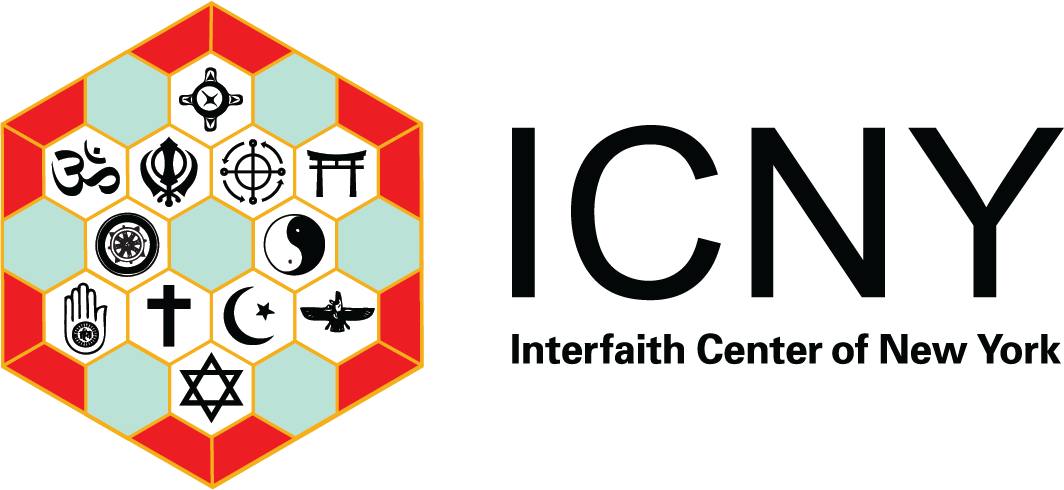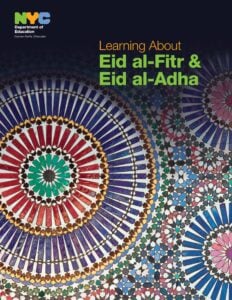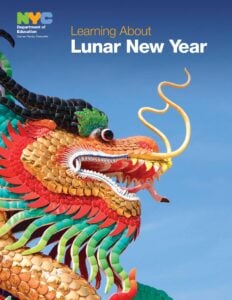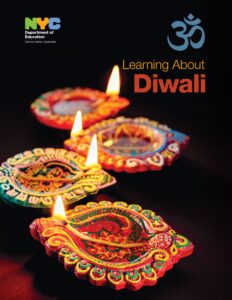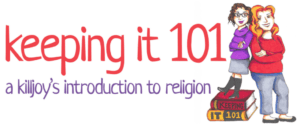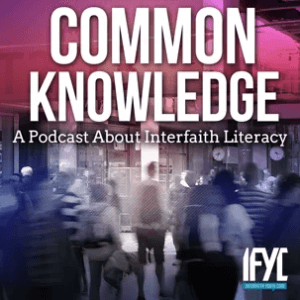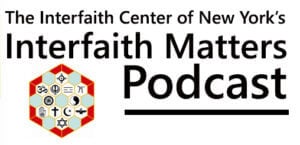
The resources collected on this page will help you teach creatively and effectively about religious diversity — far beyond the “dates and doctrines” pedagogy of the typical world religions course. Click the boxes below for downloadable lesson plans, introductions to diverse faith traditions, teachers’ guides to religion in schools, videos edited for classroom use, cutting-edge academic research, novels and films set in diverse faith communities, and much more.
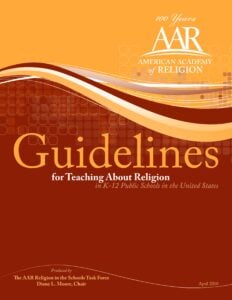
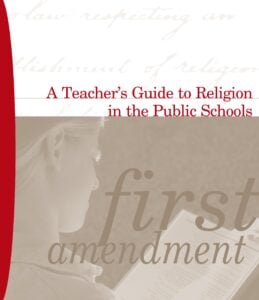
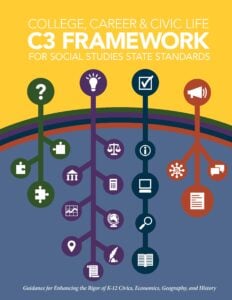
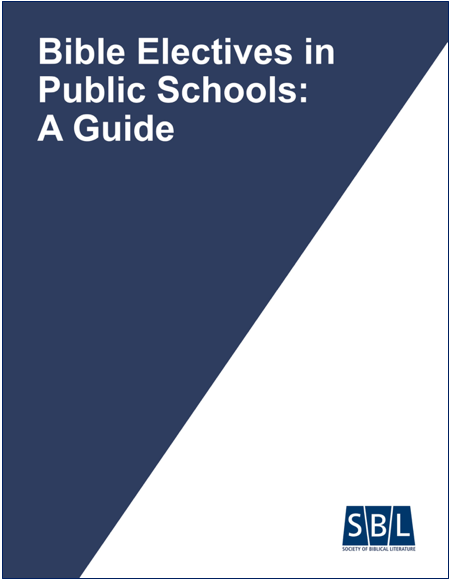
These guides are intended, above all, to help teachers in U.S. public schools teach about religion in constitutionally sound, pedagogically appropriate ways, but they offer invaluable support for all K-12 teachers — at public, private, or faith-based schools. Click below to learn more and download the guides.
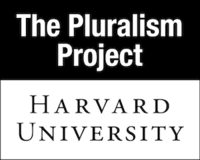
From Harvard University’s Pluralism Project, click here for an introduction to global religious diversity through the lens of American life. You’ll find scores of brief, accessible essays, with photos and multimedia resources, exploring 17 different religious traditions, from Afro-Caribbean to Zoroastrian. More engaging than Wikipedia, and more reliable than “Professor Google.” While you’re on the Pluralism Project site, also check out their case study teaching initiative, and many other resources.
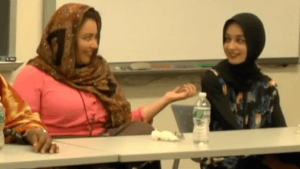

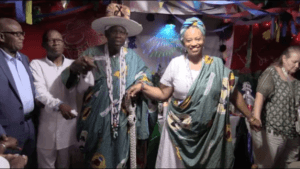
There are 12 videos, ranging from about 3 to 30 minutes each. Topics include Muslim women’s perspectives on hijab, reflections on diverse gods and spirits, discussions of the diversity within faith communities, faith-based responses to the 9/11 attack, a visit to a Brooklyn Vodou temple, and much more. Bring the voices and faces of religious diversity into your classroom!
During each Religious Worlds institute, our summer scholars create curriculum projects to integrate the study of lived religion into their teaching on religious diversity. The products of their hard work and creativity are available here, as downloadable resources. Feel free to use these curriculum projects as you find them, adapt them to the needs of your students, or just take a look and let them inspire your thinking. Click below to learn more and download the projects.
Institute director Dr. Henry Goldschmidt’s essay “Teaching Critical Religious Studies in the World Religions Public Sphere” includes practical advice for organizing and facilitating classroom panel discussions with religious leaders. See pp. 124-128 for practical advice.
Institute director Dr. Henry Goldschmidt’s presentation “Learning from Your Neighbors’ Sacred Spaces: A Practical Guide to Leading Student Site Visits to Houses of Worship” is just what it says — a practical guide to leading student site visits to houses of worship.
Our collection of Curriculum Projects by past summer scholars includes nearly 30 projects focused on community-based learning, such as “Structuring Student Site Visits to Houses of Worship” by Jody Madell, and “Exploring Lived Religion with Guest Speakers” by Tracey Kassin.
For more on site visits see “Visiting Sacred Spaces: A How-To Guide” by Deirdre Colgan for Sacred Space International, and “Observing Congregations: A Guide for First Visits (and Beyond)” by sociologist Nancy Ammerman for the Association of Religion Data Archives.
For ethical reflections on site visits and panel discussions, see Marianne Delaporte’s essay “Giving and Receiving Hospitality during Community Engagement Courses” in Teaching Civic Engagement, eds. Forest Clingerman and Reid Locklin (Oxford University Press and the American Academy of Religion, 2016).
“From World Religions to Lived Religion: Towards a Pedagogy of Civic Engagement in Secondary School Religious Studies Curricula.” In Civility, Religious Pluralism, and Education (eds. Vince Biondo and Andrew Fiala), pp. 177-192. Routledge, 2014.
“Being There: What Do Students Learn by Visiting Houses of Worship?” In CrossCurrents, Vol. 68, No. 3, Pp. 394-411. September 2018.
“Teaching Lived Religion through Literature: Classroom Strategies for Community-Based Learning.” In Teaching about Religion in the Social Studies Classroom, NCSS Bulletin #117 (ed. Charles Haynes), pp 53-60. National Council for the Social Studies, 2019.
“Teaching Critical Religious Studies in the World Religions Public Sphere.” In Teaching Critical Religious Studies: Pedagogy and Critique in the Classroom (eds. Jenna Gray-Hildenbrand, Beverley McGuire, and Hussein Rashid), pp 113-127. Bloomsbury Academic, 2023.
John Camardella’s work can be found on the website Prospect World Religion. (And don’t miss reflections from alumni of John’s World Religion course at Prospect High School in the brief video “Why Study Religion in High School.”)
Ami Chander, “Faith Erasure, Lived Religion, and My Journey to Wholeness,” in The Commons (magazine of the Association for Public Religion and Intellectual Life), April 7, 2023.
Mary Gentile, “World Religions: An Experiential Approach,” presentation at Wisconsin Catholic Schools Convention (with Dr. Patricia Lewis), October 2019.
Dr. Tim Hall’s work can be found on the website of Religion Matters, an organization he directs to advance religious literacy in K-12 schools and higher education. See especially the Religion Matters blog and resources.
Rebecca Collins Jordan, “Being a Good Neighbor: Religious Literacy, Democracy, and Catholic Education,” in The Commons (magazine of the Association for Public Religion and Intellectual Life), April 7, 2023.
Jody Madell, “I Teach Global Religions to Teenagers. Here’s how NYC Schools should Approach its New Curriculum on Hate Crimes.” In ChalkBeat, February 20, 2020.
Jody Madell contributed curricular materials to the Metropolitan Museum’s Art of the Islamic World resource guide for educators.
Marisa Mathias and her students reflect on her teaching in “The Beginnings of the Religion in America Class at Pascack Hills/Valley Regional District,” by Hank Bitten, in Teaching Social Studies, Vol. 20, No. 2, Summer/Fall 2020.
Sherry McIntyre, “Dreams, World Peace, and Freshmen: Why I Teach World Religions,” presentation at TEDx Modesto, October 18, 2017. (You can also learn more about Sherry’s work and the Modesto, CA world religions curriculum in an article in Religion Dispatches, the documentary film The Antidote, and elsewhere.)
Tommy Sharp, “Humanizing Difference: Teaching World Religions in Middle School,” presentation at National Council for the Social Studies Annual Conference, November 2014.
Dr. Gillian Steinberg, “Building Bridges Together,” in The Commons (magazine of the Association for Public Religion and Intellectual Life), April 7, 2023.
Dr. Gillian Steinberg, “Expanding a Pedagogy of Identity,” in Challenging Antisemitism: Lessons from Literacy Classrooms (Rowman & Littlefield, 2023).
Corey Wozniak, “Through a Glass Darkly: Encountering Others in their Full Humanity,” in The Commons (magazine of the Association for Public Religion and Intellectual Life), April 7, 2023.
Corey Wozniak, “The Buddha at the Bellagio: (Teaching) Religion in Sin City,” in The Revealer, March 7, 2022. (You can also listen to Corey discuss his work teaching about religion in Las Vegas on episode 236 of the Classical Ideas podcast.)
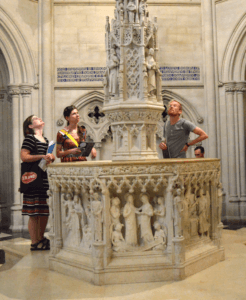
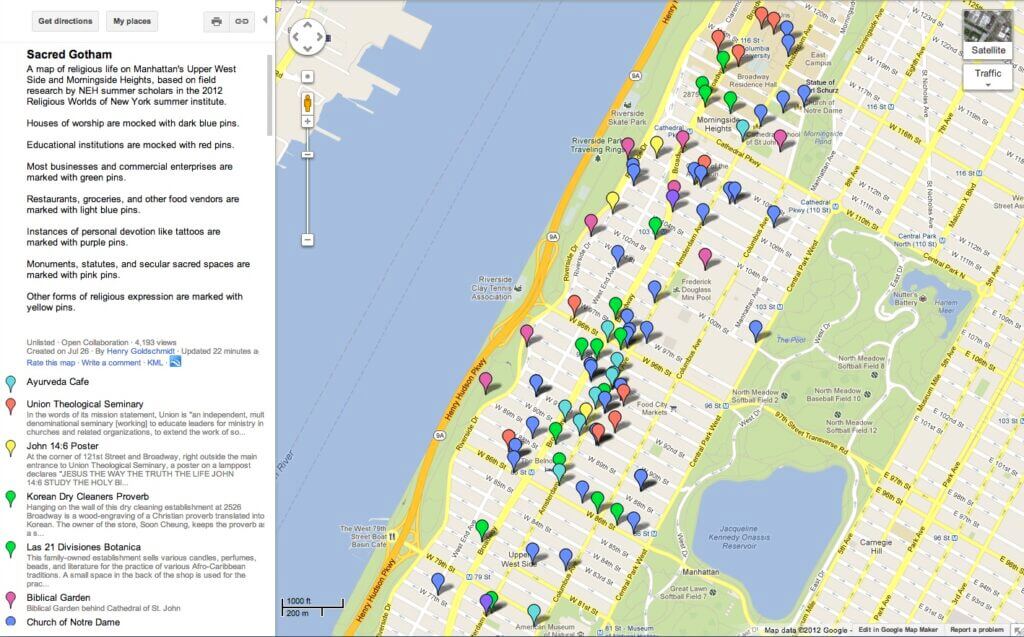
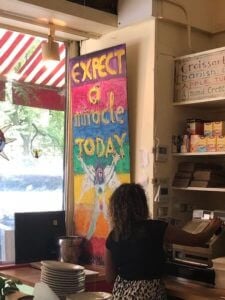
During each Religious Worlds institute, our summer scholars conduct field research on the religious life of Manhattan’s Upper West Side. We hope their work will inspire you to develop your own inquiry-based fieldwork projects. We would love to see teams of students — armed with notepads, smartphones, and sheer curiosity — fanning out across the country to explore the religious diversity of their own communities. Click below to learn about the Sacred Gotham fieldwork project, and find guidelines for student field research.
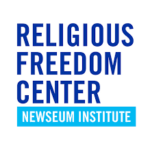
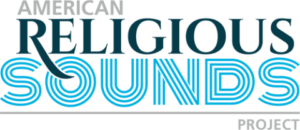
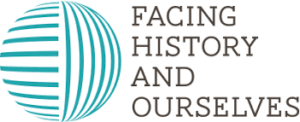

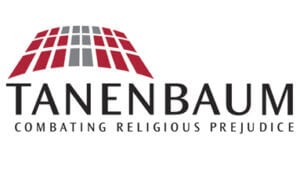
These are just a few of the academic and community-based organizations working to support the study of religious diversity in American K-12 schools. They know it’s essential to the health of our multicultural democracy! Click below to learn more, find resources, and connect with colleagues.
Jews and Muslims have been part of the fabric of American life since the 17th century, but the 21st century has unfortunately witnessed an alarming rise in Antisemitic and Islamophobic hate speech, bullying, and bias attacks. Click below for resources that can help you create an inclusive classroom in today’s climate of religious bigotry and extremism.
Resources on Antisemitism:
“Dear Colleague” letter from the US Department of Education, with links to key resources
Resources from the Anti-Defamation League, including free programs for teachers and students
Resources focused on Holocaust education, from #ItStartedWith Words and other organizations
“Understanding Antisemitism” resource from Jews for Racial and Economic Justice
Resources on Islamophobia:
“Dear Colleague” letter from the US Department of Education, with links to key resources
Blog post on the Southern Poverty Law Center’s Learning for Justice website, with links to key resources
“Challenging Islamophobia in Public Schools” report, with extensive resources and references
Resources from ING, the Islamic Networks Group, including lesson plans, fact sheets, and much more
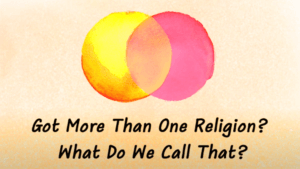
Religious identities are often seen as mutually exclusive. A Jew, for example, can’t also be Christian, or Buddhist, or what-have-you — or at least so we’re told. In fact, many individuals, families, and communities practice or identify with more than one religion — including members of interfaith families in the United States, as well as people of faith in societies around the world where multiple religious belonging is a common, unremarkable pattern.
Click the following links for a series of three brief videos and an accompanying toolkit for educators that will help you teach about multiple religious belonging — and help you support students with multiple religious identities. Resources created by Dr. Tim Hall (2022 summer scholar) and Susan Katz Miller (author of Being Both: Embracing Two Religions in One Interfaith Family).
Click on the cover images above to download these in-depth guides, created in 2015 by the NYC Department of Education’s Office of Curriculum, Instruction, and Professional Learning. The guides go far beyond the typical “foods, festivals, and funky clothes” approach to teaching about religious holidays.

Click here for a course catalog of on-demand, online learning modules from the “Constitution 2 Classroom” professional development program, developed by the Religious Freedom Center, in partnership with the Newseum and the Freedom Forum Institute.
Podcasting brings the voices of religious diversity alive for you and your students, through intimate conversation and narrative journalism. Click on the images above or the links below for:
The Interfaith Center of New York’s “Interfaith Matters” podcast series, featuring conversations on social justice issues with New York religious and civic leaders.
The Interfaith Youth Corps’ “Common Knowledge” podcast series, focusing on interfaith literacy — the knowledge and skills required to be a leader in a religiously diverse world.
A lively introduction to the academic study of religion in the “Keeping it 101” podcast series, from scholars of religion Megan Goodwin and Ilyse Morgenstein Fuerst.
And click here to watch a special video episode of ICNY’s “Interfaith Matters” podcast, exploring religious literacy in New York public schools, through a conversation with New York City Council Member Daniel Dromm and a panel of leading religious diversity educators.


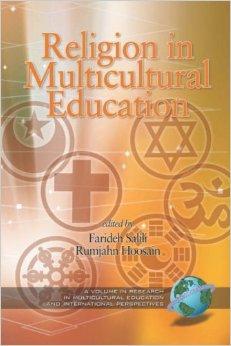



These are just a few of the important books exploring the role of religion in American K-12 schools. Written by scholars, educators, policy makers, faith leaders, and others, these works explore a range of pedagogic, constitutional, civic, and political issues. Click below to join the conversation.






These are just a few of books that can introduce you to current scholarship on lived religion and American religious diversity. The academic study of religion has changed dramatically since influential but problematic texts like Huston Smith’s The World’s Religions. Click below to catch up on recent developments in the field.






Scholars of religion love New York too! Historians, anthropologists, and others — they’ve all been drawn to the vibrant diversity of “the promised city” (in Moses Rischin’s classic phrase). There’s no substitute for experiencing the religious life of the city in person, but click below for your NYC religion reading list.

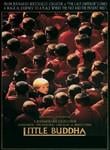

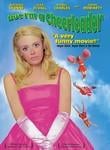

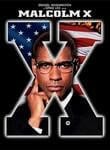
Texts and films like these can offer your students engaging portraits of individual spirituality and religious community life. They must be taught as creative works — not transparent representations of reality — but students can nevertheless learn a great deal through novels and films set in diverse faith communities. Click the following links to learn more about:
Novels Set in American Religious Communities
